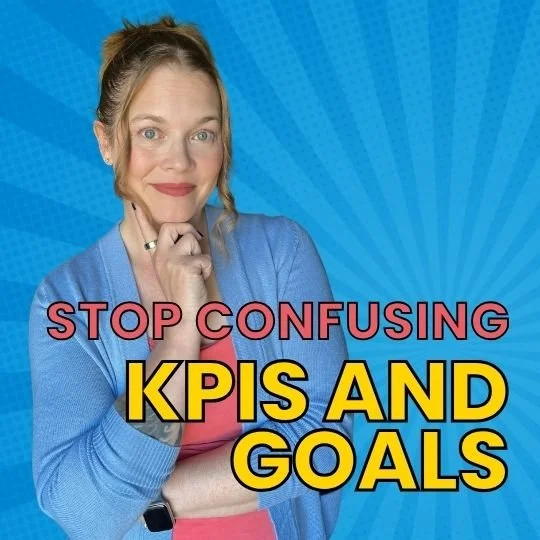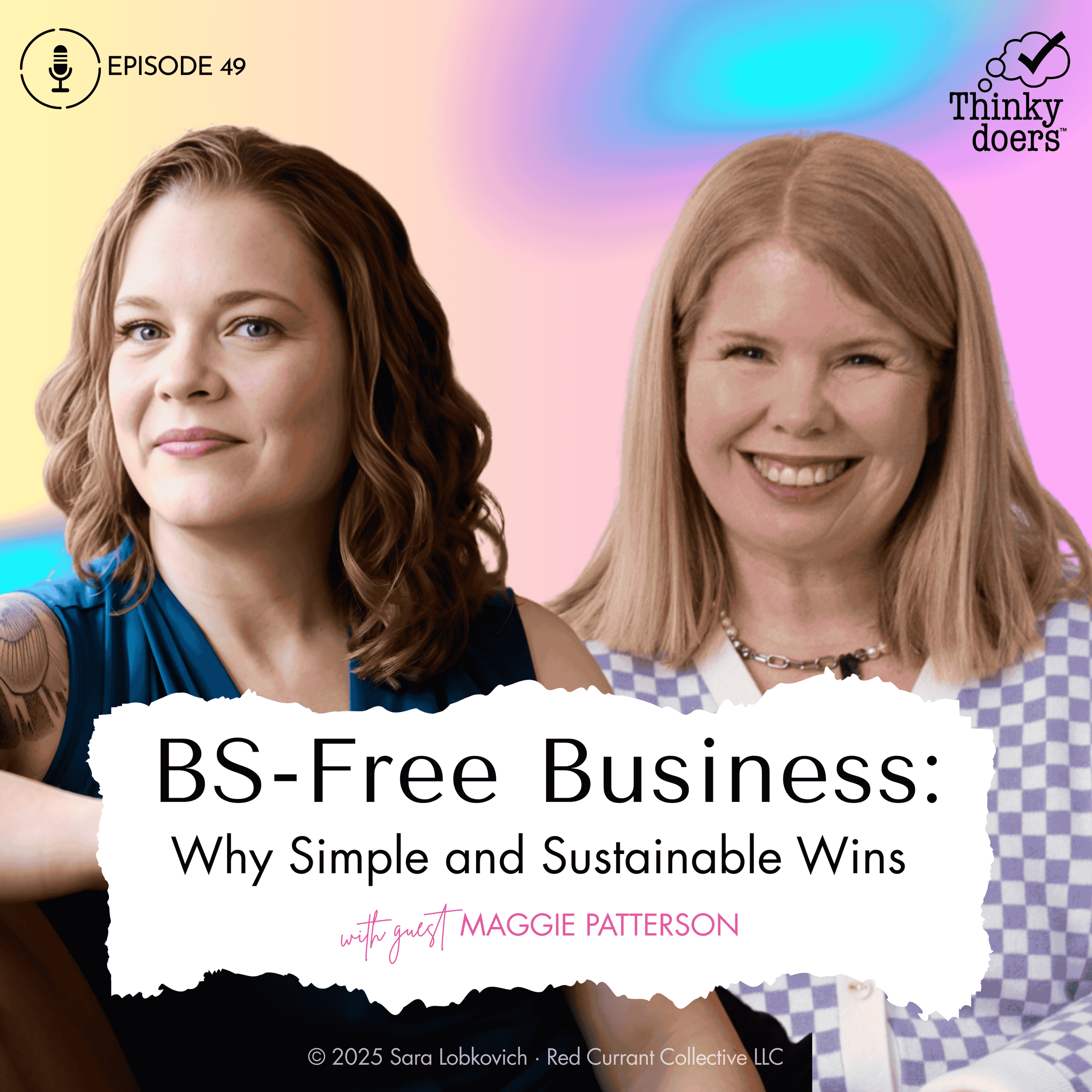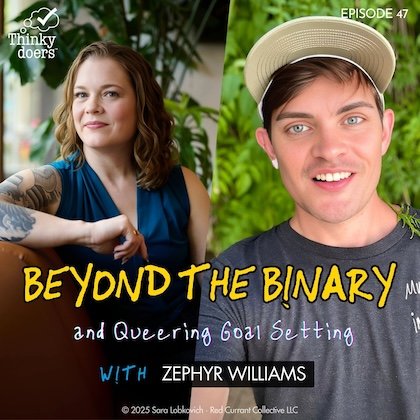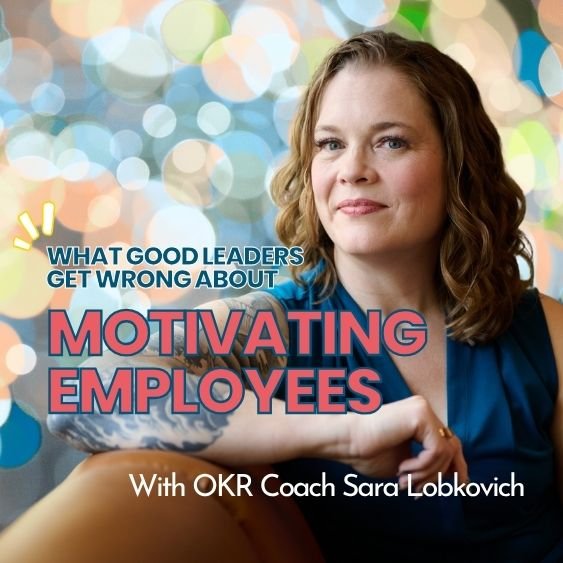
Welcome to the No-BS OKRs™ Blog
Here, you’ll find resources we create to help teams create, implement, and operationalize No-BS OKRs™ (called Evolutionary OKRs® in some workplaces) to set clear goals, stay focused, and build cultures of growth, learning, and high performance.
Featured No-BS OKRs Posts
Newest Thinkydoer Podcast Episodes
Posts by Category
Principles of No-BS OKRs
Leadership + Management
All posts about Leadership & Management →
Strategic Planning
All posts about Strategic Planning & Goals →
OKR FAQs
All No-BS OKRs FAQs →
OKR Coaching
All posts about OKR Coaching →

Back to Basics: Working with Evolutionary OKRs
Are you struggling with OKRs? Do you want to learn a better way to set and achieve your goals using the OKR methodology? OKR stands for Objectives and Key Results, and it's a powerful way to align your organization, measure your progress, and drive results. But not all OKR implementations are created equal. Her, you’ll get an unscripted introduction to working with Evolutionary OKRs, a new approach that adapts OKRs to be successfully implemented and operationalized in businesses large and small.

The No-BS OKR Maturity Model
For the last couple of years I've been working with clients around a maturity model, but this is the first time I've written about it or tried to share it outside of work with my clients. (And even my clients haven't all seen this yet!)
This is the second of three frameworks that I share in the No-BS OKRs Playbook.
Even early in my work with organizations implementing OKRs, I noticed patterns to the challenges, behaviors, and practices that organizations experienced trying to implement OKRs without a cohesive and coherent “playbook.” Those patterns informed a maturity model that I now use with clients to help them make decisions about what to focus on to improve their own OKR implementations.

The Connected Strategic Implementation Stack
The Connected Strategic Implementation Stack is a framework that helps us understand where OKRs may fit into an organization's existing operating Stack; and, spot what gaps they may fill in connecting what we do, to what's strategically most important.

What are OKRs? (Objectives and Key Results)
This chapter of my upcoming Objectives and Key Results Book shares some basics about OKRs: a method for collaborative goal setting and alignment. In practice, well-formed OKRs can help us fill the gap between our high-level strategy and our tactical implementation decisions, so that what we do is better aligned with achieving our most important outcomes.
















The #1 question organizations ask about OKRs? "How do we cascade them to every team and person?" After training 2,000+ OKR coaches across 300+ organizations, my answer is controversial: You don't. Traditional OKR cascading creates a "mathematical nightmare"—turning 4 company objectives into 100+ unmanageable goals. There's a better way: flexible localization that helps teams align through a simple 3-question framework without drowning in complexity. Learn why cascading fails, when teams need different goal tools, and how to implement team OKR alignment that actually works.